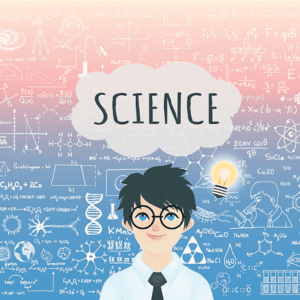Discrete Cosine Transform | Signals and Systems - Electronics and Communication Engineering (ECE) PDF Download
DCT (Discrete Cosine Transform) is an N-input sequence x(n) , 0≤n≤N-1 , as a linear transformation or combination of complex exponentials. As a result, the DFT coefficients are in general, complex even if x(n) is real.
Suppose, we try to find out an orthogonal transformation which has N×N structure that expressed a real sequence x(n) as a linear combination of cosine sequence. We already know that −
And
This is possible if N point sequence x(n) is real and even. Thus, The resulting DFT itself is real and even. These things make it clear that we could possibly device a discrete cosine transform, for any N point real sequence by taking the 2N point DFT of an “Even extension” of sequence.
DCT is, basically, used in image and speech processing. It is also used in compression of images and speech signals.
DCT is defined by,
|
36 videos|78 docs|63 tests
|
FAQs on Discrete Cosine Transform - Signals and Systems - Electronics and Communication Engineering (ECE)
| 1. What is the Discrete Cosine Transform (DCT)? |  |
| 2. How is the DCT different from the Fourier Transform? |  |
| 3. What are the applications of the Discrete Cosine Transform? |  |
| 4. How does the DCT achieve data compression? |  |
| 5. Are there different types of the Discrete Cosine Transform? |  |


























